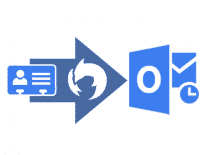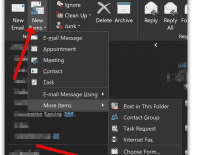OST and PST are two of the major outlook data file formats. Essentially, they store information meant to be read or viewed in Outlook. While their primary purpose is to maintain a copy of information from an e-mail server on a local computer, there are some differences between them.
Let’s find out more in-depth about the OST file and how it works:
What is an OST file?
Created by MS. Outlook, OST stands for offline storage file. Its main function is storing and maintaining an up-to-date copy of the mailbox offline and on the user’s device.
Why is this beneficial? In instances where the network is unreliable or when the user is offline for considerable amounts of time, it’s possible to access emails, calendars, contacts, and tasks.
Other offline functions are possible such as:
- Reading emails from the inbox;
- Drafting new emails;
- Creating and scheduling appointments in the calendar;
- Accessing and updating contact information.
The changes made offline will be saved locally and synchronized when the computer is connected to the internet.
Some of the email accounts that use the. OST file format to save data offline includes:
- Outlook 365 accounts
- Exchange accounts
- IMAP accounts
- com accounts
Most are IMAP accounts as the data is still available online.
Note that POP accounts mainly store information in .pst files. With POP accounts, the email client downloads new messages onto the computer. Downloaded messages are then removed from the email exchange server, meaning that they are only accessible offline.
What is OST Used For?
A copy of the .ost file is created if Outlook is in Cached Exchange Mode. In this mode, a copy of the mailbox is saved offline even when the computer is online. This enhances the experience compared to accessing all the data online. For instance, if the internet connection is not superfast, and Outlook has to access all the data in real-time, there will be delays and lags in the experience.
An OST file also makes it possible to read, edit, delete, and change the content offline. OST files may be useful when the computer has no access to an internet connection, for instance, during a flight. After connecting to the internet, the changes are synchronized.
So, essentially OST file serves dual purposes:
- It stores a local copy of the information in Cached Exchange mode to provide a seamless experience even when using Outlook with an active internet connection.
- An .ost file allows users to read & compose emails, schedule items in their calendar, edit contacts, and more functions when they are not connected to the internet.
Note that an OST extension is not typically meant for backing up or exporting items from email accounts. That’s the work of the Outlook Data File (.pst) that can be created for all email accounts, even those that synchronize data in the .OST file.
How to Open an OST File?
Manually opening or importing Outlook items from an OST file is not supported in Microsoft Outlook 2010 and later versions. That’s because it’s not necessary. The OST file extension is a replica of all the information that is on the Exchange account. It’s automatically recreated and backed up.
While it’s not possible to use the Import/Export wizard to open it, there are two options you can still use:
- Changing the file path. You can change the file path to point to the old Outlook OST file. This method helps avoid the process of downloading the file again. Still, it is not necessary as the file is automatically recreated even after being deleted.* – Refer to How to Change OST file location (below ) for the steps.
- Converting the OST file to PST. If it’s absolutely necessary to open the OST file using an email client, convert the OST file to PST. The best way to do this is to use a third-party OST to PST converter tool. PST files may be opened or imported directly into Outlook using the Import/Export Wizard.
What Is the Difference Between PST and OST Outlook Data Files?
Here are some major differences between a PST file and an OST file:
| PST | OST |
| Stands for Outlook Data File | Stands for Offline Outlook Data File |
| Stores email data from POP accounts | Utilized by IMAP accounts for storing a sync copy of an online mailbox |
| May be opened with the Import/Export Wizard | Can’t be directly imported or opened |
| Suitable for backing up and restoring email and calendar items | Best suited for allowing offline access to emails and maintaining a cached copy to speed up workflow |
How to Find OST File Location?
There are two major ways to find the OST file location. The first entails using known default paths. Now, this method is fine, but there may be differences depending on the current OS and Outlook version. The better option is to check the Exchange Account or Outlook data files path settings directly from the app.
Default Offline Outlook Data File Location
The default Outlook data file location may differ depending on the Outlook version. But majorly, the file will either be located in the following locations:
-
- drive:\Users\user\AppData\Local\Microsoft\Outlook
- Documents\Outlook Files
Find OST File Location Using Outlook Options
Here are the file paths depending on the Outlook version. Tip: See the current version by going to File>Office Account >Product Information.
In Microsoft Outlook 2007
Check under drive:\Users\user\AppData\Local\Microsoft\Outlook. Ensure that the option to see hidden files is checked-on.
In Outlook 2010
Documents\Outlook Files
In MS Outlook 2013, 2016, 2019, and 2021
Find the file in the outlook files folder. The path is Documents\Outlook Files.
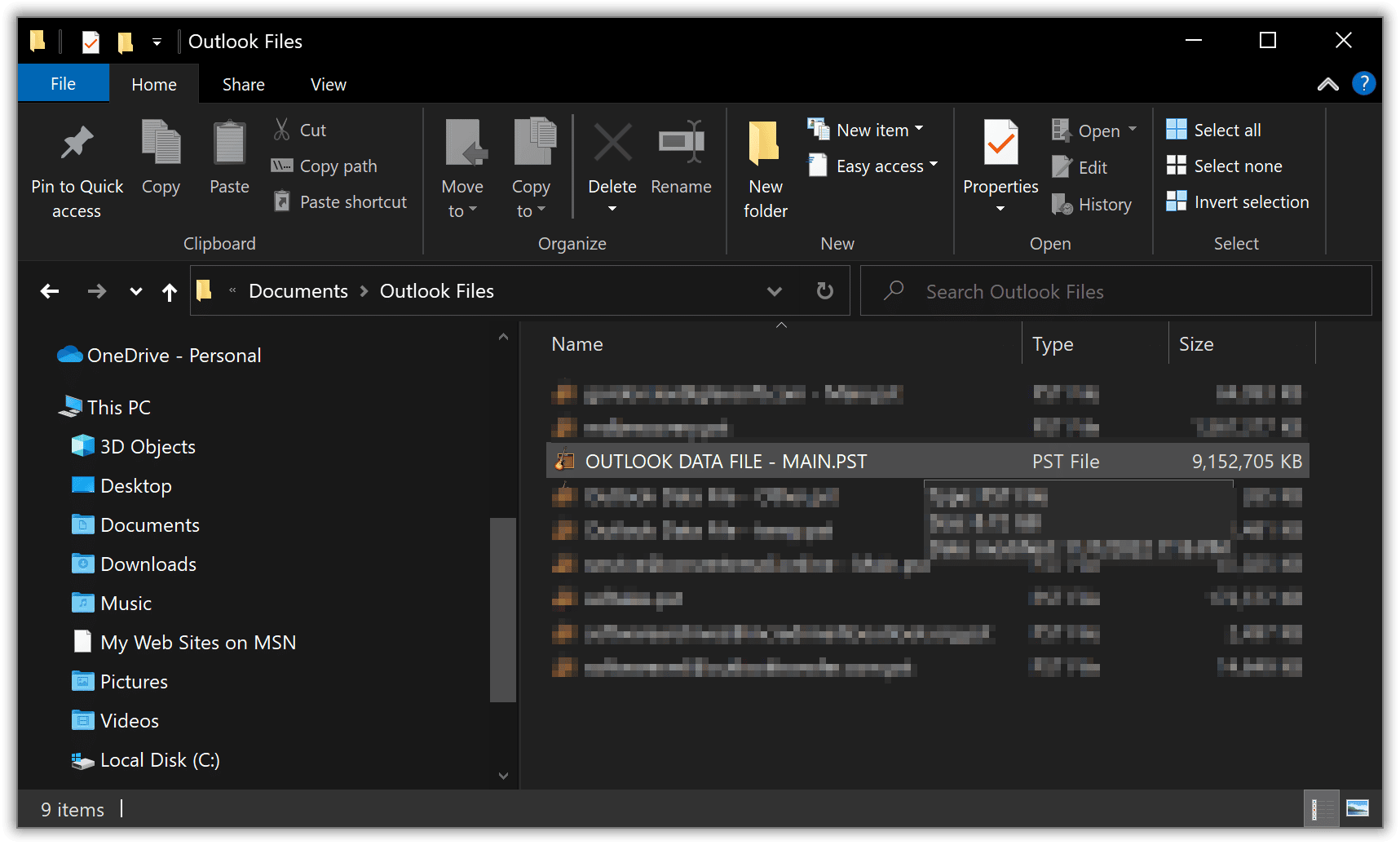
OST file location Outlook app, Windows 11.
Directly Open the OST File Location From Outlook App
There is a much faster and guaranteed way to locate the OST File.
-
- In the app, click File > Choose Account Settings > Account Settings
- Select the Data Files tab.
- Choose Open Folder Location
How to Change OST File Location?
Start by copying the OST files to the new location.
Step 1: Open Control Panel and in the search bar, type “Mail” to find Outlook mail items. Open the one that corresponds to the Outlook version.
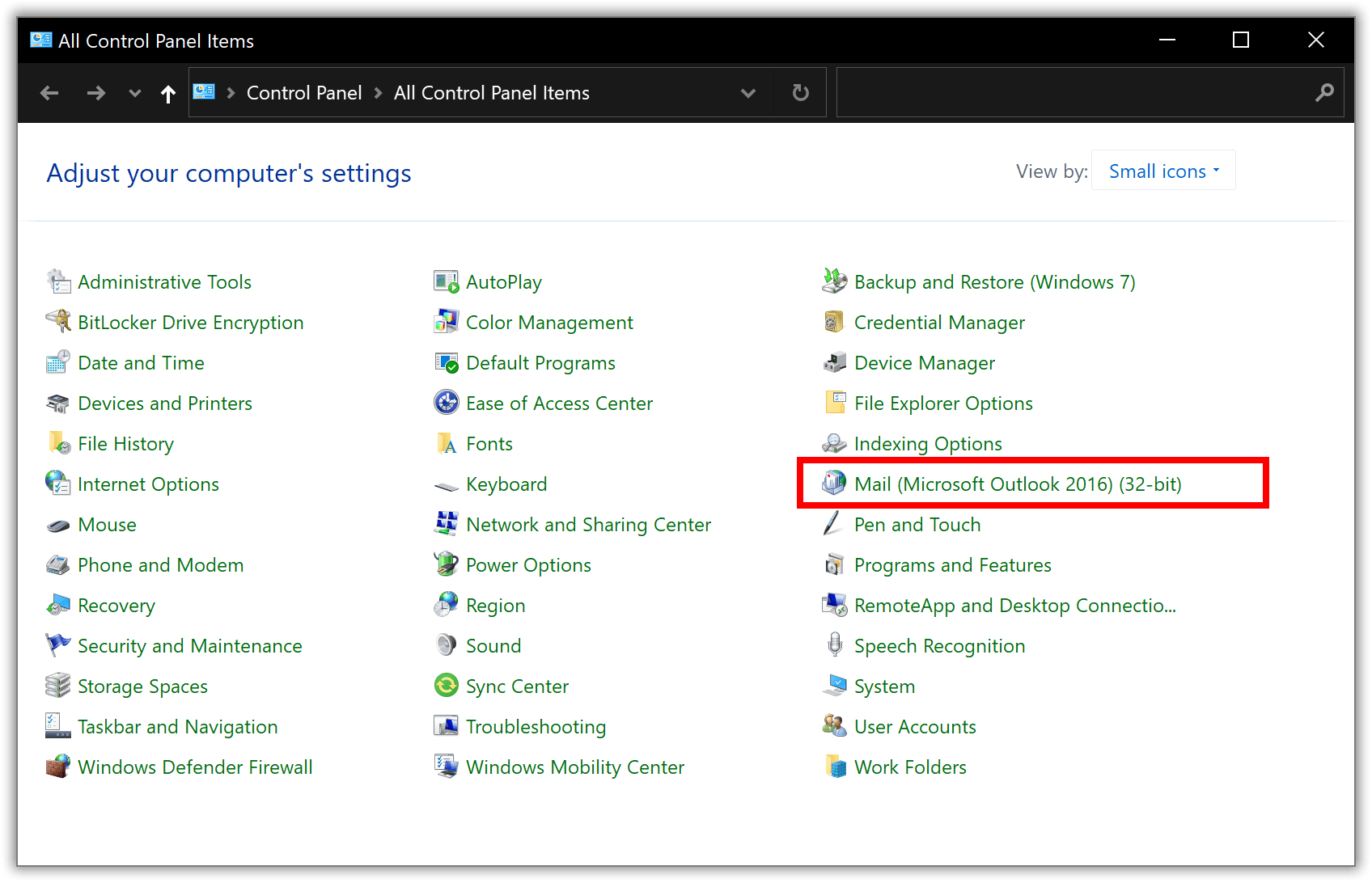
Step 2: In the Mail setup, select Show Profiles.
Step 3: Click Add to create a new profile.
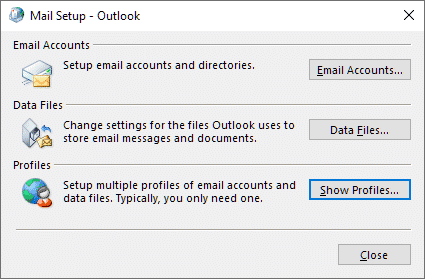
Step 4: Give the Profile a New Name, for instance, “Profile 1.”
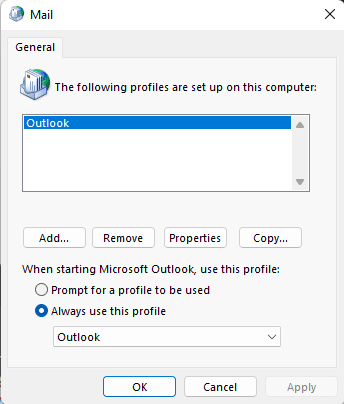
Step 5: Outlook will try to find the account, or it may be necessary to add a new account.
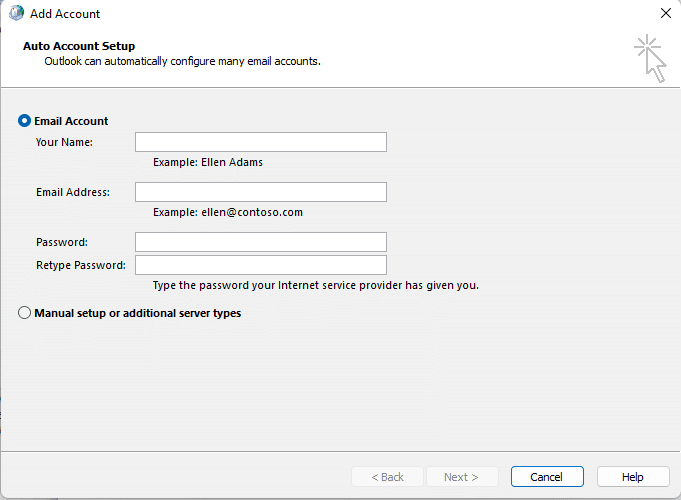
Step 6: Click Next, and Outlook will configure the account by logging into the mail server. If the process is successful, you should see Congratulations. Ensure Change Account Settings is checked on, before clicking Next on the congratulations screen.
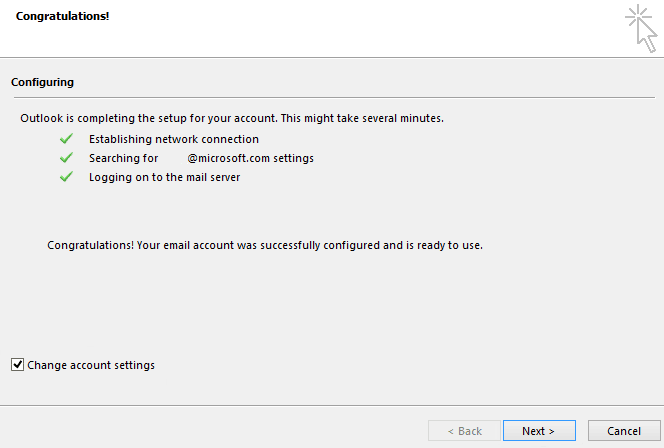
Step 7: In Server Settings, choose More Settings. Select the Advanced Tab > Outlook Data File Settings.
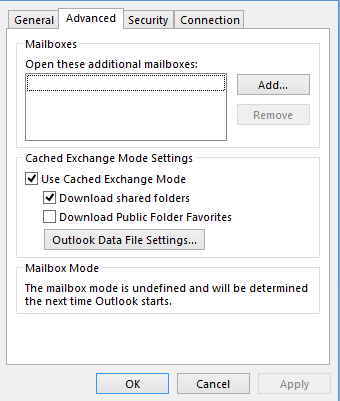
Step 8: In Outlook Data Settings, select the option to Browse and use File Explorer to find the old .ost file. Finish changing the offline folder file settings by clicking OK.
Confirm that Outlook is using the new profile that has been created. In the Control Panel, search for the Mail settings again. Select the newly created profile, and ensure that the option to “Always use this profile” is checked on.
Conclusion
In conclusion, the OST file is an offline data file utilized by Outlook for syncing messages or calendar items from the email server. It’s mainly created for IMAP accounts. Now, it’s not meant for backing up emails. The goal is to provide offline access to some Outlook functions without an internet connection. Similarly, it helps in the Cached Exchange Mode to make the email client faster and more intuitive to use.
Frequently Asked Questions
Can I convert OST to PST?
There are different methods that can help with converting OST to PST. If the email account is still accessible on Outlook, just export data from the email account to a PST file, using the Import/Export function. A number of third-party tools can help convert an OST file to a PST file.
What happens if I delete the OST file?
The OST file may become corrupt due to synchronization errors, viruses, etc. It’s easy to delete Outlook PST file. Find its location and delete it. On Outlook 2013 and later versions, it’s rebuilt automatically. In earlier versions, it may be necessary to rebuild the file manually.
Can an OST file be imported into Outlook?
No, it can’t be imported or manually opened in Outlook. That’s because it’s not necessary as Outlook will automatically recreate the file.
How do I open an OST file without Outlook?
Since the OST file is the offline reflection of your online mail account you may open and view the OST file in Outlook by selecting the appropriate account. The other way to view OST files without Microsoft Outlook is by using a third-party viewer.
How do I convert an OST to a PST file?
Use a third-party converter with the ability to export to a PST file. When choosing a solution, make sure it has positive reviews and a good success rate.


